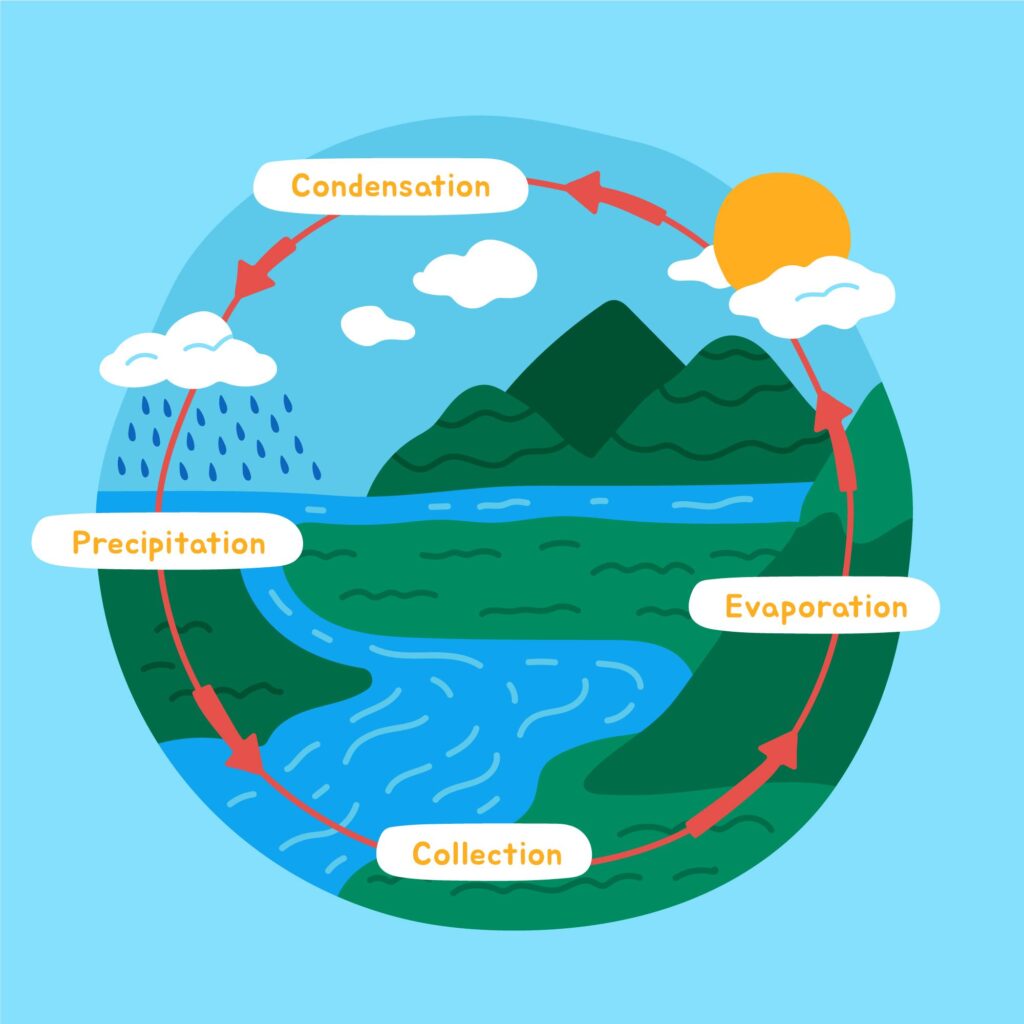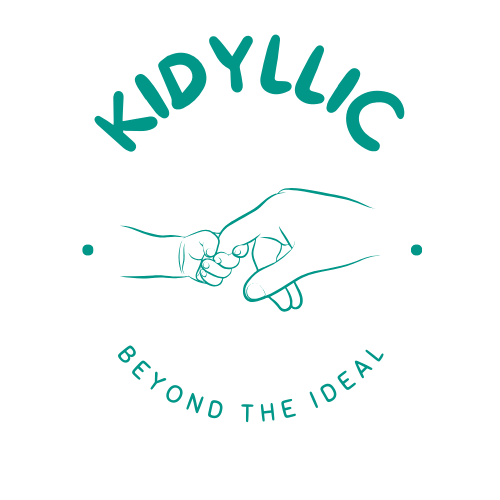
Table of Contents
The water cycle isn’t just a fascinating natural process; it’s also a fantastic way to teach kids about science and the environment. Whether your child is curious about where rain comes from or why puddles disappear, a hands-on water cycle project can bring these concepts to life. As a parent, I’ve found that engaging my kids in interactive projects not only helps them understand complex topics but also creates opportunities for family bonding.
In this guide, we’ll explore creative and educational ways to tackle a water cycle project with your children. From simple DIY experiments to full-fledged school assignments, you’ll find ideas that fit every age and interest.
Why a Water Cycle Project is Perfect for Learning
The Importance of Understanding the Water Cycle Early
The water cycle plays a important role in our ecosystem, connecting every part of the planet through water’s constant movement. Unfortunately, many children only encounter it as abstract diagrams in textbooks, which can fail to capture its true complexity and beauty. Did you know that around 71% of Earth’s surface is covered by water, yet less than 1% is accessible freshwater? This fact highlights why understanding the water cycle’s role in replenishing this precious resource is essential.
According to a study published by the National Science Foundation, hands-on learning increases retention rates by up to 75% in comparaison to passive learning methods. Teaching your kids about the water cycle through interactive projects can not only help them grasp concepts like evaporation, condensation, precipitation, and collection but also instill a sense of responsibility for preserving water. This dual benefit—learning and environmental awareness—makes it a valuable activity for young minds.
When I first explained the water cycle to Yas, he kept asking, “But where does the water go next?” His curiosity was endless, and I realized that a simple explanation wouldn’t suffice. To make it more engaging, we first watched a short animated video that introduced the concept visually. It was amazing to see his excitement build as he learned how water evaporates from the ocean and turns into clouds.
Following the video, we decided to build a mini water cycle model together using materials we had at home. This hands-on activity not only helped Yas understand the process better but also sparked questions about how rain forms and where it goes after it hits the ground. It turned into a day-long adventure of discovery and learning.
How Hands-On Projects Enhance Kids’ Curiosity
Children are naturally curious about the world around them. A water cycle project taps into this curiosity by providing a tangible way to observe natural phenomena. For example, experimenting with colored water can help children visualize how water moves and changes form. Adding food coloring to water before simulating evaporation or condensation adds a visual flair that kids love.
Through activities like creating rain in a jar, simulating clouds with cotton, or even building a mini terrarium to mimic the cycle, kids not only learn but also gain a hands-on appreciation for how nature works. This process often leads to new questions, such as why rain falls faster in storms or how snow fits into the water cycle, turning curiosity into a springboard for deeper learning.
One rainy afternoon, my youngest, Joud, and I embarked on a science adventure by making a simple “rain” experiment. We used a clear plastic bag, warm water, and a bit of blue food coloring to make it more visually striking. After sealing the bag and taping it to the window, Joud watched as the warm water inside began to evaporate, forming tiny droplets on the inner surface of the plastic.
To her, it was like witnessing real magic. I took the opportunity to explain how the same process happens in nature, leading to rain. Her follow-up questions about where the water would go next made me realize how much this simple activity had sparked her curiosity. It became more than just an experiment—it was a moment of discovery and connection.
Creative Water Cycle Projects for Kids at Home
Build a Water Cycle Model with Household Items
Creating a water cycle model is simpler than you might think. All you need are a few household items:
- A clear plastic container
- Water
- Plastic wrap
- Tape
- A small cup
Steps:
- Pour water into the container and place the small cup in the center.
- Cover the container with plastic wrap. Seal it tightly with tape.
- Place the container in sunlight and observe over a few hours.
This activity helps kids visualize evaporation, condensation, and precipitation in real-time.
Interactive Experiments to Explain Evaporation and Condensation
Another fun project involves boiling water (with adult supervision) and capturing the steam. To make the activity more engaging, use a glass lid instead of a cold plate and watch as condensation forms in a clear, visible way. Encourage your kids to touch the underside of the lid carefully to feel the coolness caused by condensation.
You can also take it a step further by adding food coloring to the water to show how even tiny particles in water are carried upward during evaporation. As the droplets collect and trickle down, explain how clouds in nature form and release rain when they become too heavy. This additional layer of observation helps kids understand the entire process with clarity and excitement.
Both Yas and Joud loved this experiment because it felt like magic to see water transform from one state to another. And honestly, their excitement made cleaning up the kitchen mess worthwhile!
Incorporating the Water Cycle Project into Schoolwork
Easy DIY Water Cycle Projects for Science Class
If your child needs a school project, try making a diorama of the water cycle. Use colored clay to shape mountains and rivers, cotton balls for fluffy clouds, and clear plastic sheets to represent rain. Add labels to highlight each stage of the cycle, such as evaporation, condensation, and precipitation.
To make it even more dynamic, consider adding a small LED light to mimic the sun’s heat, helping your child explain the process during their presentation. This visually appealing project not only earns high marks but also fosters a deeper understanding by allowing kids to interact with and explain the cycle in a creative, memorable way.
Using Storytelling to Make the Water Cycle Memorable
Turn the water cycle into a story! Imagine a “droplet” named Drippy embarking on an epic journey through evaporation, condensation, precipitation, and collection. Along the way, Drippy encounters different characters—like Sunny the Sun, who helps with evaporation, or Puffy the Cloud, who carries Drippy across the sky. As Drippy transforms into rain, hail, or snow, each stage introduces an exciting twist, such as landing in a river or joining an underground stream. Adding personalities and challenges to the droplets’ adventures not only makes the process more relatable for younger kids but also sparks their imagination. For extra fun, encourage your kids to draw their version of Drippy’s journey or write a short comic strip about his adventures.
When I shared Drippy’s story with Joud, she insisted on drawing her version of the adventure. It was heartwarming to see her retell the cycle in her own creative way.
The Benefits of Water Cycle Projects for Families
Teaching Kids Environmental Awareness Through Science
Water is a finite resource, and teaching kids about its journey can instill a sense of responsibility. To make this lesson more engaging, you could use visuals like global water distribution charts, showing how little freshwater is actually available for use. Discussing topics like water conservation alongside the water cycle—such as fixing leaks, collecting rainwater, or turning off the tap while brushing teeth—can inspire your children to adopt eco-friendly habits early on. For example, my son Yas was fascinated to learn that it takes over 1,800 gallons of water in order to produce just one pound of beef, which sparked a family conversation about sustainable food choices.
For instance, Yas now takes shorter showers because he understands the effort it takes for water to “come back” through the cycle. Little wins like this make the effort worth it.
How Projects of the Water Cycle Encourage Teamwork at Home
Water cycle projects can be a collaborative effort. Divide tasks among family members—one child gathers materials, another conducts the experiment, and the parents supervise. To add more excitement, turn the project into a themed « mission » where each family member takes on a specific role, such as the « Engineer » for designing the model or the « Scientist » for explaining the stages. This approach not only strengthens family bonds but also introduces elements of role-playing, making the activity more engaging. Moreover, keeping a « project journal » where each person records their observations can further encourage teamwork and reflection. By the end, celebrating the success together, perhaps with a homemade certificate for « Best Water Cycle Team, » adds a rewarding touch.
FAQ About Water Cycle Projects for Kids
What Materials Do I Need for a Simple Water Cycle Project?
Most projects require everyday items like clear plastic bags, water, tape, and a heat source (e.g., sunlight or a lamp). For advanced models, you can use clay, paints, and a variety of craft supplies.
Can Water Cycle Projects Be Done with Preschoolers?
Absolutely! Simplify the project by focusing on basic concepts like “water disappears” (evaporation) and “water falls” (precipitation). Hands-on activities, such as “rain” in a jar, are perfect for this age group.
How Can I Make a Water Cycle Project More Engaging?
Incorporate stories, animations, or challenges. For example, create a “cloud race” where kids guess how long it will take for condensation to form during an experiment.
Where Can I Find Additional Resources for Water Cycle Experiments?
Websites like National Geographic and PBS Kids offer excellent guides and videos to complement your projects.
Conclusion
A water cycle project is more than a science lesson; it’s an opportunity to inspire curiosity, teach environmental awareness, and create lasting family memories. Whether you’re building a model, conducting an experiment, or crafting a story, these activities bring science to life in a way that textbooks never could.
Ready to get started? Gather your supplies, rally the kids, and dive into the fascinating world of the water cycle. Don’t forget to share your creations with us on Instagram using #KidyllicWaterCycle. More in our Activities and Projects.
Let the adventure begin!
